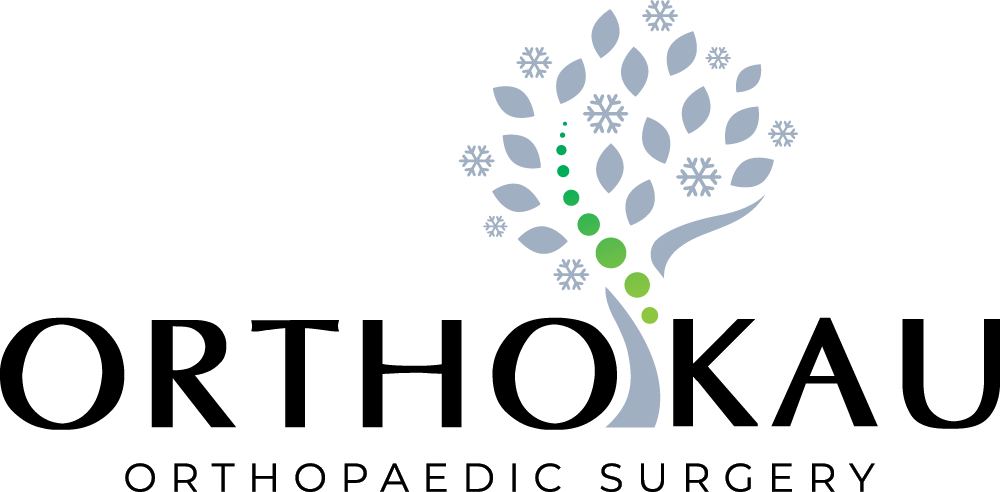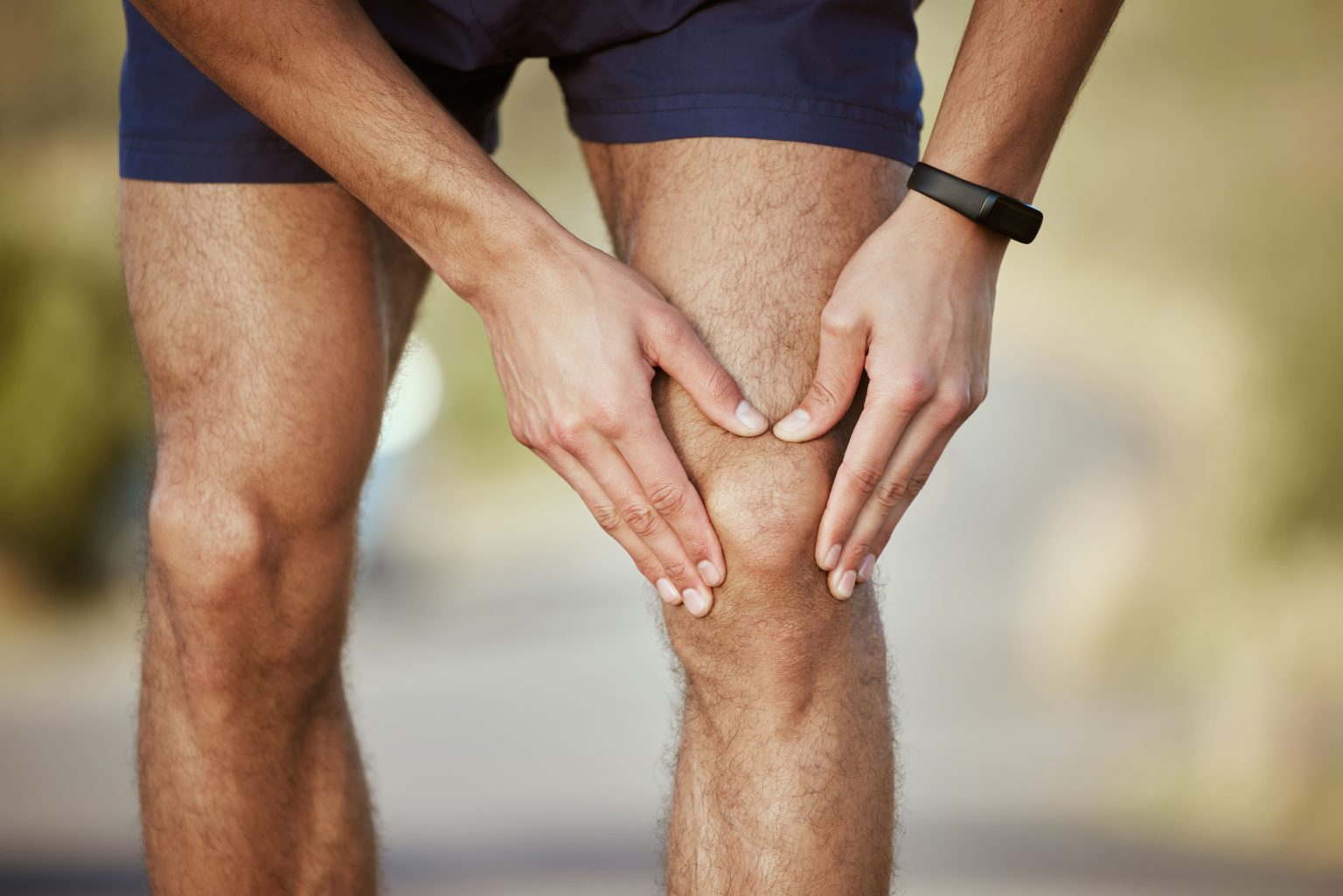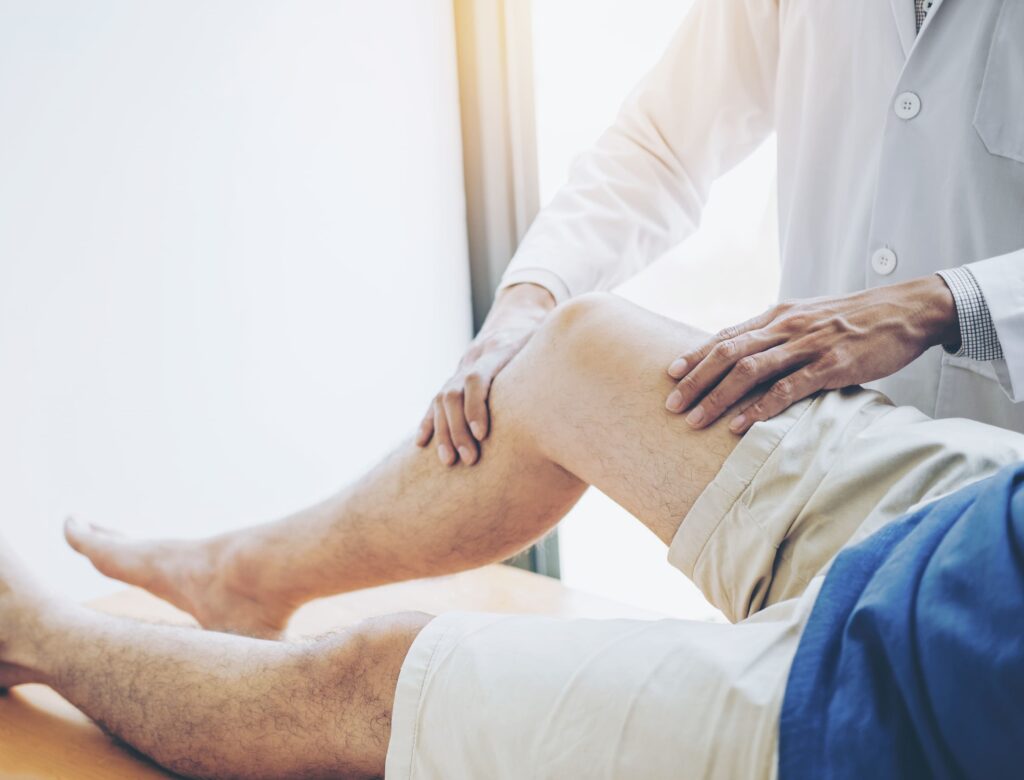Medications
Medications can help manage the symptoms of knee cartilage injuries. Nonsteroidal anti-inflammatory drugs are commonly prescribed to reduce pain and inflammation. In some cases, corticosteroid injections may be used to provide more immediate relief of inflammation. Pain relievers can also be recommended for symptom control.
Injections
In addition to corticosteroid injections, other injectable treatments are available for knee cartilage injuries. Hyaluronic acid injections can improve joint lubrication and reduce pain, particularly in cases of osteoarthritis. Platelet-rich plasma (PRP) injections, derived from the patient’s own blood, are believed to promote healing and reduce inflammation.









